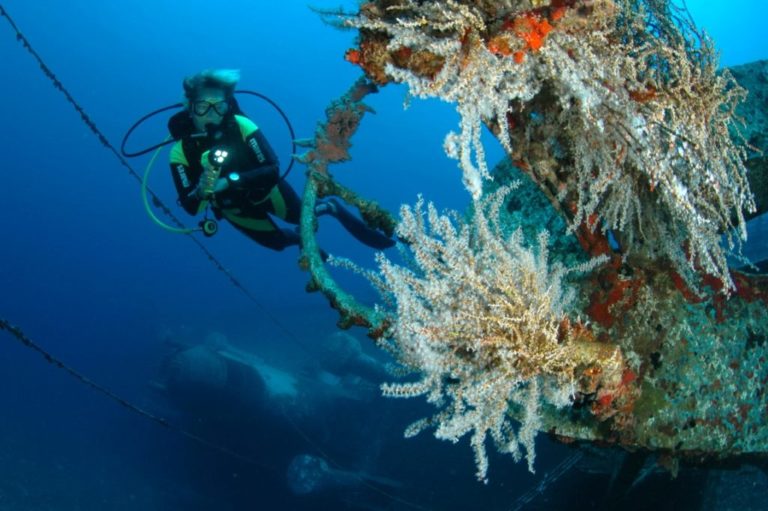Scuba diving is a pastime for adventurers and thrill-seekers alike! If you want to make your vacation to the Caribbean Islands truly memorable, try searching out some of these interesting scuba diving locations. With so many different regions to choose from, there’s bound to be one that suits your needs. From the Yucatan Peninsula to Cuba, find out more about each of these spots today!
Table of Contents
1. Roatan
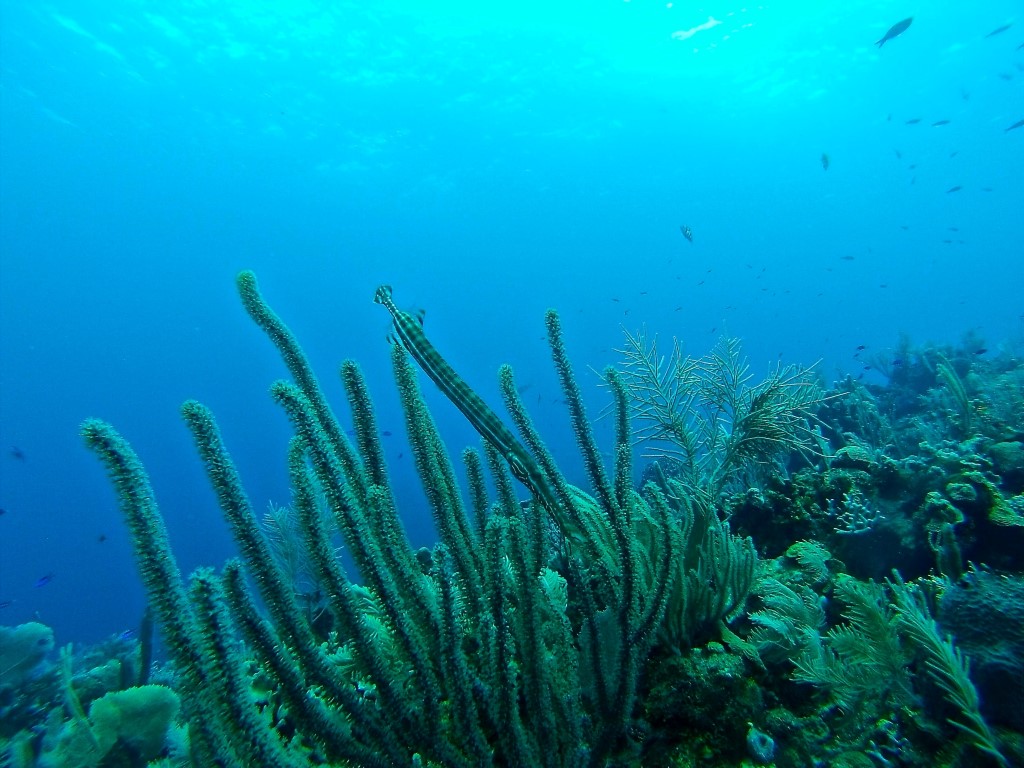
The island of Roatan, Honduras, is known among the diving community as a paradise for extroverts. While technically not a one-sport destination since deep-sea fishing is also popular, guests to Roatan come primarily to let their inner dive flag fly. This ensures that there will be plenty of buddies for a shore or night dive, as well as reliable currents and even the occasional shipwreck.
2. St. Croix
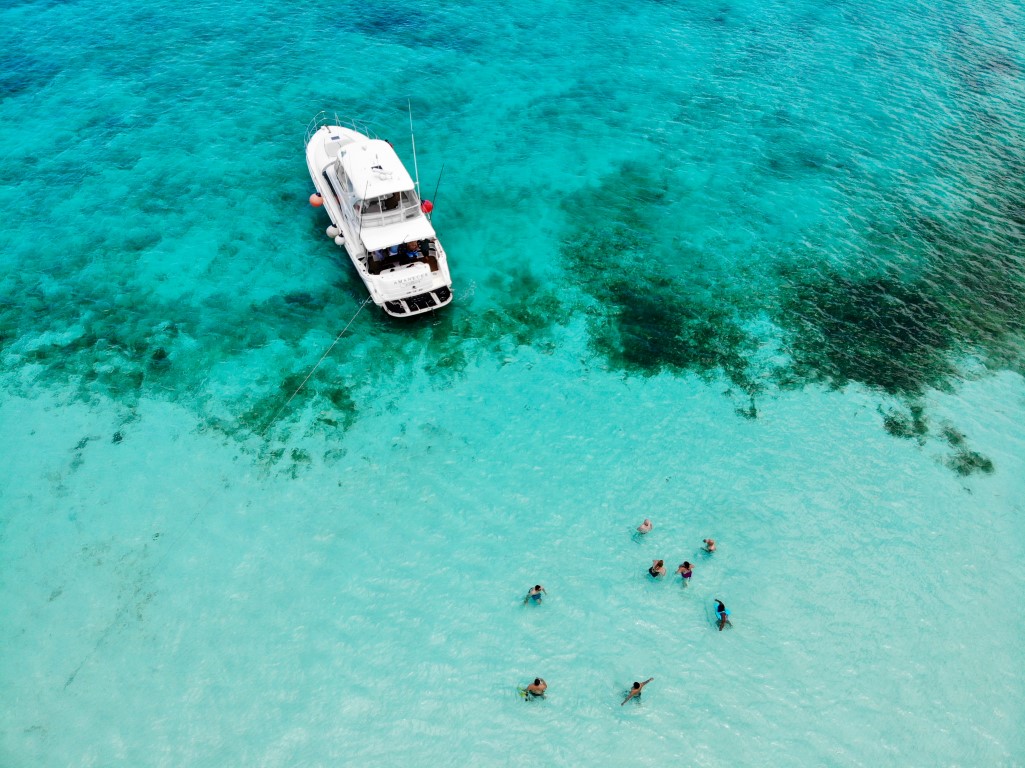
St. Croix, one of the United States Virgin Islands, is one of the rare places that can offer wall, reef, and wreck diving all in one day.
For the most exciting wall dives, start your day on the north coast. A 5-minute swim to the edge of the wall can be had from Picks like Cane Bay or Twin Palms, which are both accessible via paved roads. Water clarity of 100 feet and higher opens up a world of life to most divers, including hawksbill sea turtles, schools of fish, and swarms of squid.
Next, visit the remains of Butler Bay, located approximately six kilometers (3.7 miles) from Frederiksted on the island’s west coast. The three shallowest of the five are the safest in terms of profile, and they may be visited by experienced divers or taken on an afternoon boat-dive trip.
Stay out west for the evening dive, where the slope of the reef is gentler, allowing for extended bottom time. Shallow sites like the Aquarium, which is home to lobsters, eels, and seahorses, bring stardust to a scuba diving trifecta.
3. Cozumel
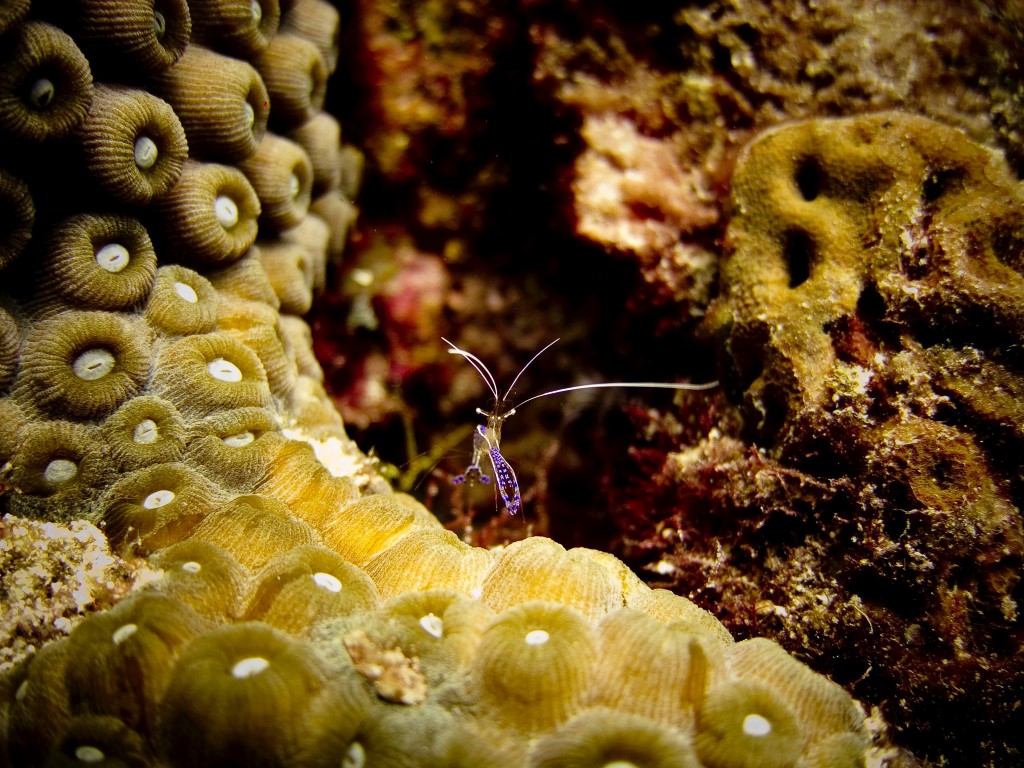
Even the most seasoned divers may find themselves stumped by Cozumel’s secrets, owing to its reputation as a graduation dive site for just-certified divers.
The west coast’s center is popular with dive schools teaching buoyancy techniques as novice divers ride the conveyor-belt current.
The true wildness begins in the southernmost part of the park. Devil’s Throat is a tiny fissure in the rock face that sucks divers in and spits them out at 130 feet, pushing the boundaries of recreational diving.
Venezuela’s Caribbean coast, where the nation’s beautiful, diverse islands stretch out to sea (and sometimes sandbars appear too), is yet another popular destination. Maracaibo has a magnificent rock arch leading down to one of the island’s most spectacular wall dives, along a sheer face frequented by spotted eagle rays and Caribbean reef sharks.
4. Saba
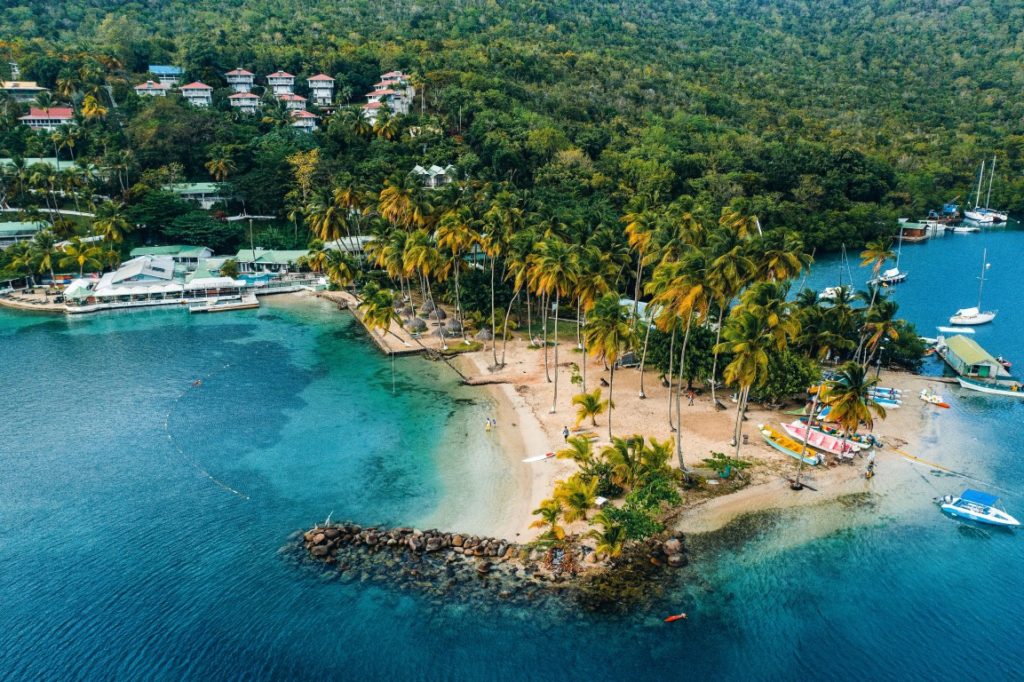
Sure, every dive is the opportunity to see unusual animals. However, Saba (another name for St. Maarten), a satellite island of St. Maarten, puts everything in its favor.
The outlying rocks of the island, which resemble submerged mountains, are best approached from this vantage: they’re deep and far offshore enough to be a signal, attracting hammerheads, dolphins, and other passers-by.
The environment beneath the waterline, like the jungle-covered island above, is just as lush and wild. Sponges clump together in a tight mass, which is perfect for seahorses and frogfish to live in. The only drawback: This is a great test area. Divers must cross eddies to reach the summits. You’ll need a seasoned eye to spot a frogfish.
Those who are still working toward expert diving credentials will not be disappointed by this island. Though dive guides can’t control the currents, they can plan an itinerary that takes use of nearshore reefs, and they’ll certainly point out any camouflaged animals, such as a flying gurnard or scorpionfish that you may have missed.
5. Grenada
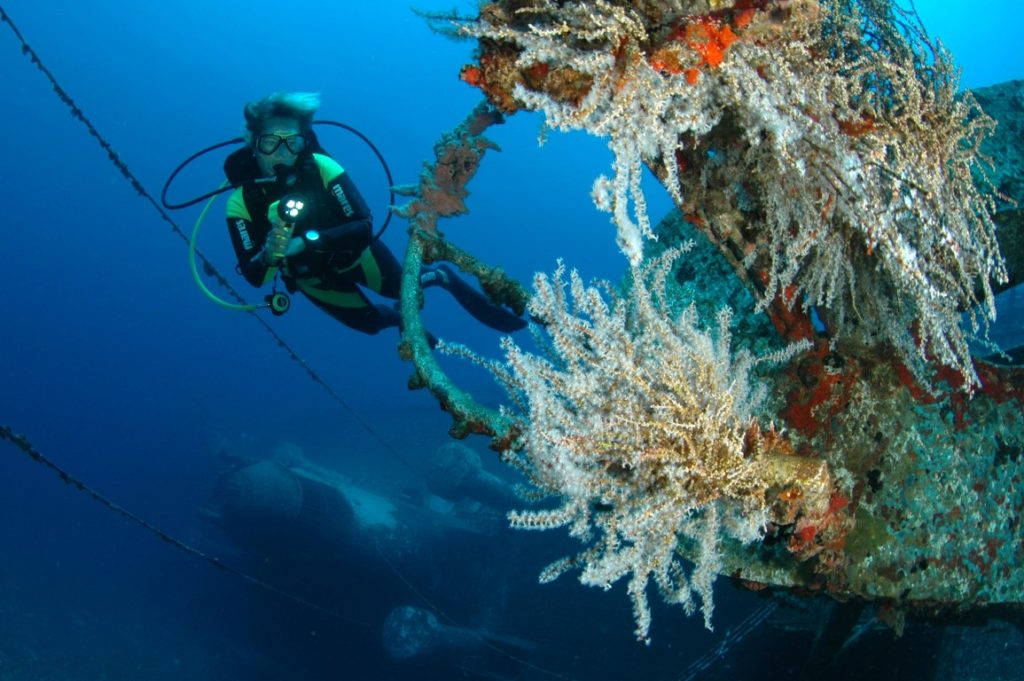
Not a traffic jam, but rather a choke-point on the smaller Antillean island of Grenada. The entire Gulf Stream passes through this channel, producing some of the island’s most exciting currents and making nearly every dive a drift dive.
“You’re usually diving beside a shark,” Aquanaut’s co-owner Gerlinde Seipel says of her adventures. The island is also known among wreck divers for being the home of M/V Bianca C, a 600-foot former passenger liner that sits between 100 and 165 feet deep. Grenada is an underwater dream for wreck enthusiasts; more than a dozen ships are scattered around the coast.
6. Bonaire
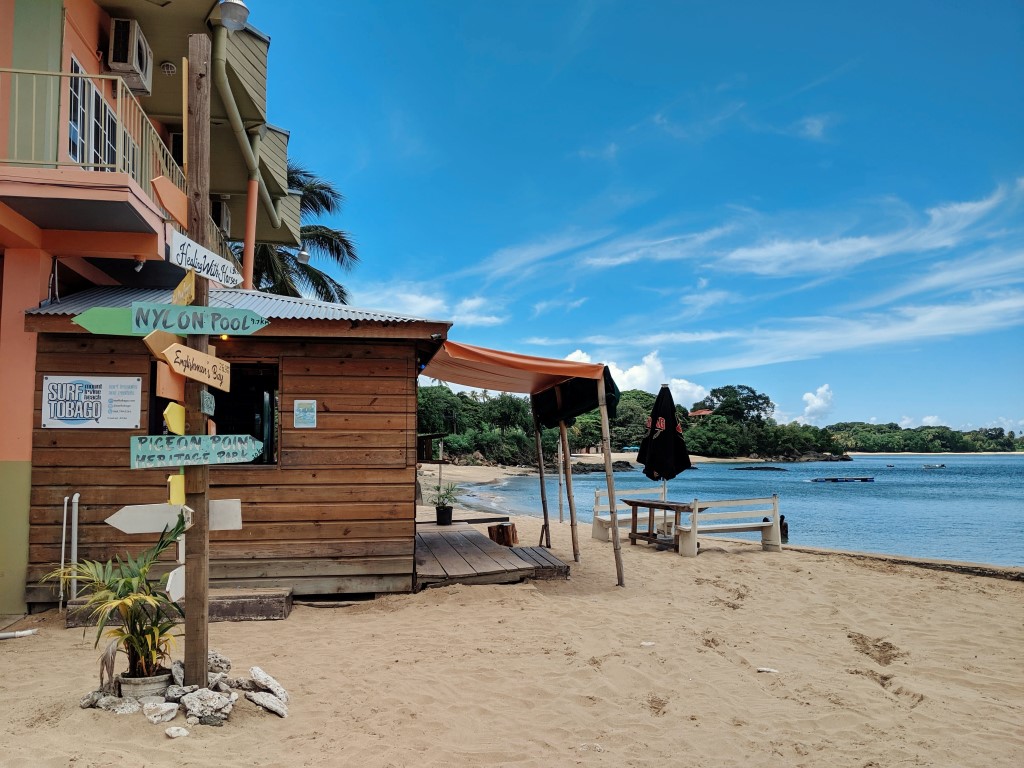
That Bonaire is recognized as the best shore-dive destination in the Caribbean and beyond isn’t news. Here’s what you need to know: Buddy Dive Resort has added six Aquaprop underwater scooters to its rental equipment pool.
Divers who want to dive from a boat rather than the beach may be dropped off at one spot and picked up later at the Buddy Dive house’s reef with their scooter.
With the one-way drop, divers have been able to visit up to five wreck sites — Andrea 1 and 2, Petrie’s Pillar, Small Wall, and Cliff — before returning.
7. Tobago
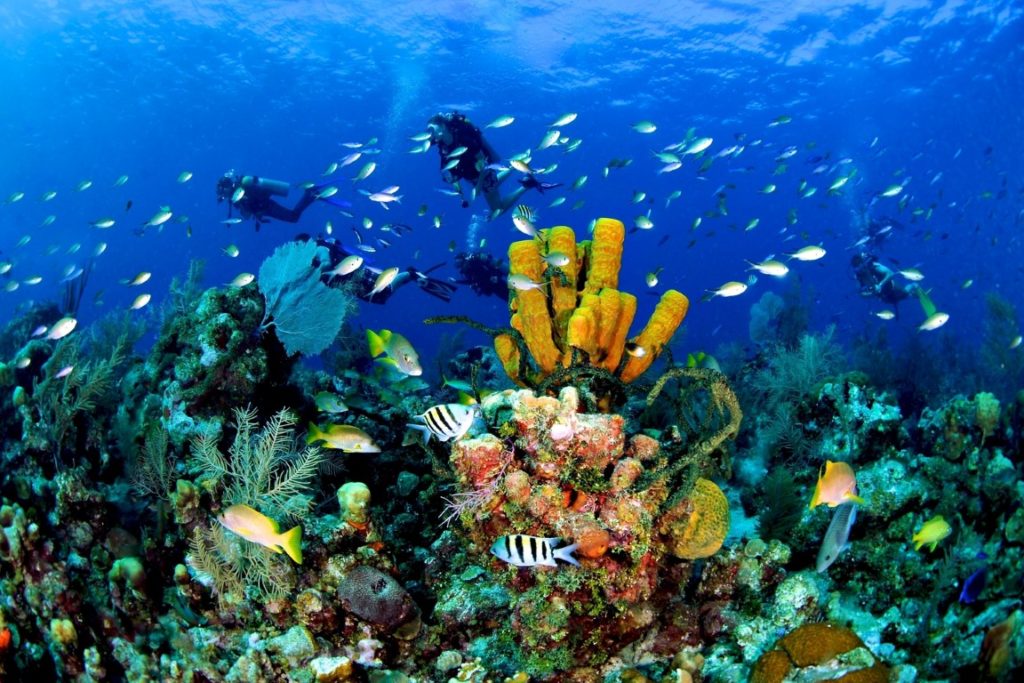
Scuba diving in Tobago is a wonderful way to see the underwater world from an entirely different perspective. With crystal clear waters, coral reefs full of colorful fish and sea turtles that wait for divers carefully snuggled up on their favorite spots all along its coastlines it’s no wonder this Caribbean island has been called “the best scuba spot” by National Geographic Traveler Magazine!
8. Statia
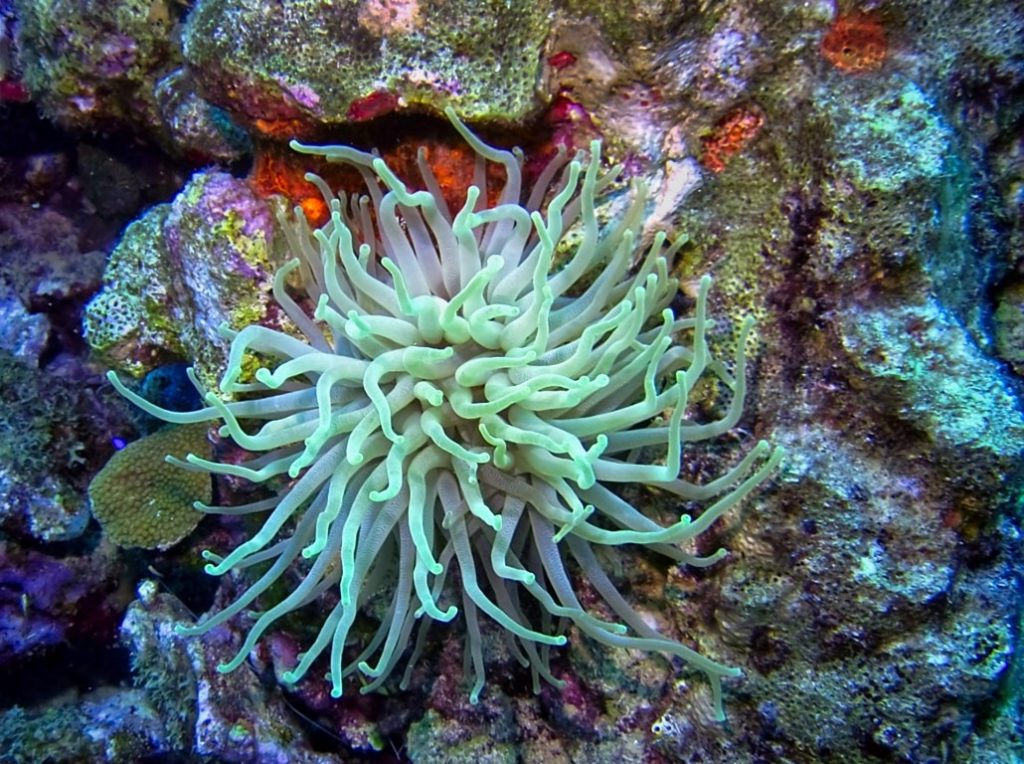
Diving in the Statia was a blast. The water is so clear and there are tons of fish! I also enjoyed some snorkeling while we were out on our boat, but it’s probably not what you want to do if you’re looking for something more relaxing than scuba diving – because then again who doesn’t love being underwater with all those pretty sea creatures?
The main incentive to visit Sint Eustatius (also known as Statia), a tiny speck in the Lesser Antilles, is the artificial reef called Charles L. Brown, a 300-foot cable-laying ship at 100 feet of depth near Statia — a Dutch island roughly in the center of the Caribbean arch from the Dominican Republic to Trinidad.
The smallest, at least in terms of size, maybe the blue beads, which were once used as currency by slaves to purchase their freedom and are now freely available throughout many dive sites.
9. St. Lucia
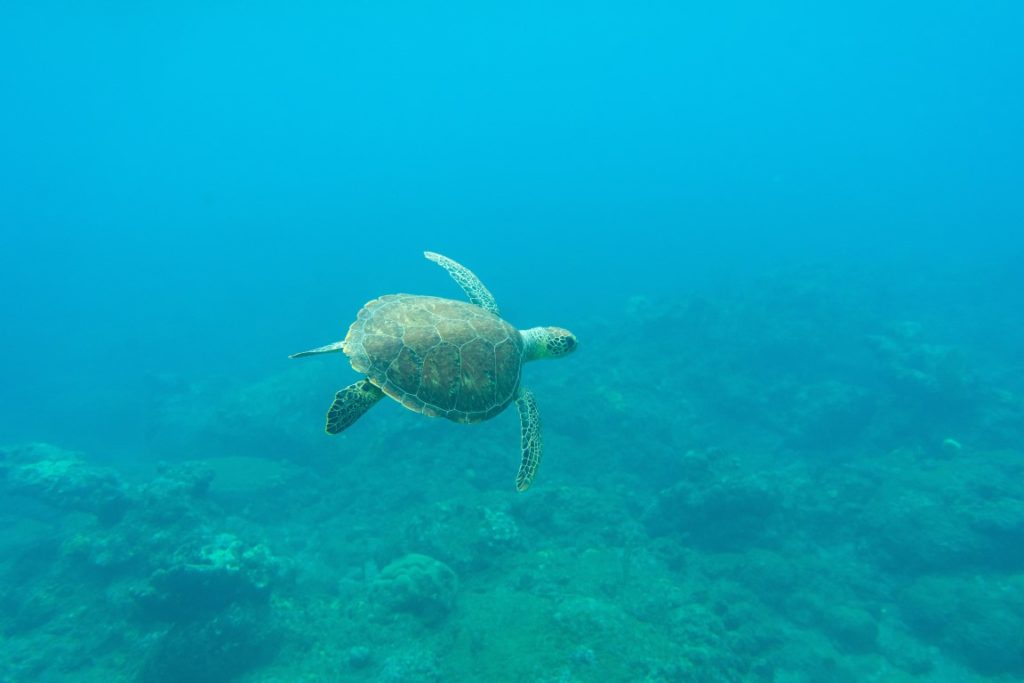
I was so excited to go scuba diving in St. Lucia, but it turned out not to be as fun when I got there.
Our instructor told us that the water is green because of algae growing on top – which makes you won’t drink more than anything else! We also had unlimited air for our dive (which made me feel like Superman), then after 30 minutes or so they exchanged tanks with new one’s full off-gas while still underwater…it felt great until my elbows started hurting from all this weight dragging around looking at fish swim by below us; turns out these creatures can get really fat due to their diet mostly consisting snails and freshwater mussels).
The majority of the dive sites are on the leeward side of St. Lucia, where Anse Chastanet Resort’s adventure sports manager, located on St. Lucia, where most of the dive sites are concentrated.
Surrounded by vibrant limestone formations, clear blue seas, and an abundance of marine life is the Bahamas’ Exumas archipelago. The honeymooner’s favorite destination also ranks highly among underwater photographers who like shooting landscapes or close-up photographs.
Among the corals, a colorful plethora of tiny animal species, including frogfish and jawfish, octopuses and nudibranchs, flourishes.
10. Cayman Islands
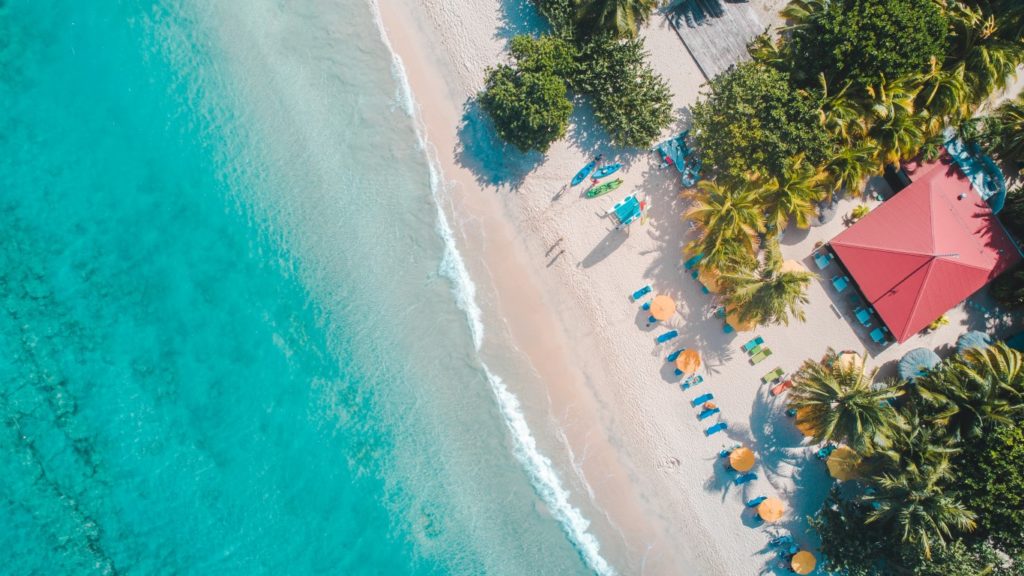
I am so excited to go diving in the Cayman Islands, it’s one of my favorite places. The water is clear and warm with rich coral reefs for miles under us where we can see sharks grazing lazily on their prey!
The Cayman Islands are as close to a sure thing as one can find in diving, with record-breaking visibility, flourishing reefs that support a resident population of sharks and a variety of underwater activities.
The second-most visited of the trio is Grand Cayman, which is known as much for wall dives and the 251-foot artificial wreck of the USS Kittiwake as it is for the East End, where sharks are seen on a daily basis.

